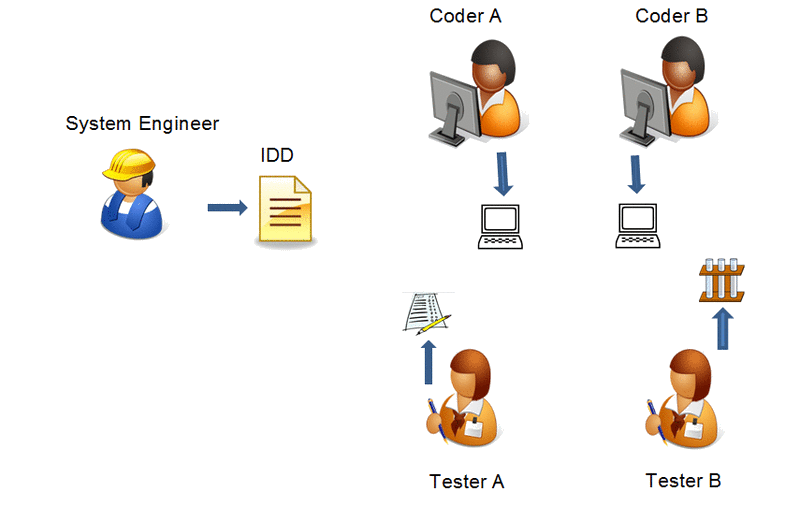- Learn More
- Products
Products
Coding Products
Testing & simulation Products
- In Action
In Action
Learn how our customers
benefit from using Simple CaseUse Cases
Read about recent projects we were involved in with customers in the Aerospace and Defense market
Solutions
Read about our solutions for different technologies
- Services
Professional Consulting
Read how you can benefit from our experienceSubcontracting
Do you need sub-contracting services for your project?Learn about our experience.
- Contact
Contact Us
Questions? Comments?
In need of guidance?
Contact our team by phone or e-mail.New Customers
Current Customers
Are you a current Adi customer in need of support?
Technical Support
972-4-6537269 Ext. 109
support@adisw.comProfessional Consulting
Use our experience to define your system communication
Professional Consulting
972-4-6537269
sales@adisw.com
Modeling
 If you are in the business of developing distributed systems without the right tools to bridge the gaps between the different development phases and groups, you are losing money!
If you are in the business of developing distributed systems without the right tools to bridge the gaps between the different development phases and groups, you are losing money!
How much money?
A lot more than you think. Here’s why:
To start, you are doing about 5 times the work you should in most cases, as you have the following personnel defining the exact same interfaces data:

Defining interface data may not seem like much, but in systems that often have hundreds of messages and thousands of elements this is a lot of monotonous manual work. Typically there are a lot of changes made to the data throughout the lifetime of a project, each change has to be communicated to all the personnel, a daunting task within itself, and performed numerous times once again. This recurring process is annoying, boring, and highly prone to errors.
This brings us to our next point, bugs.
Various studies find that most bugs are introduced at Specification phase of software development, furthermore, transcription, communication and oversight are the major root causes of defects. In addition, there is wide acceptance in the industry of the theory, backed by some research that the cost of fixing a defect grows exponentially as development progresses over development phase.
The Solution:
This is where Adi’s Simple Case suite enters the picture, a set of tools that significantly reduces development time and inconsistencies, by employing a “Model Once Use Everywhere“ approach.

MODELING PRODUCTS

The ICD16 lets you model your system interfaces and generate code for your developed system in multiple available languages and formats.

The Failure Definition Manager (FDM) allows you to add logic for recognition of and reaction to fail conditions in distributed systems.

The Junction Tool is a form based extension of the ICD16 that allows you to define associations between data elements as well as dynamic behavior of messages.


